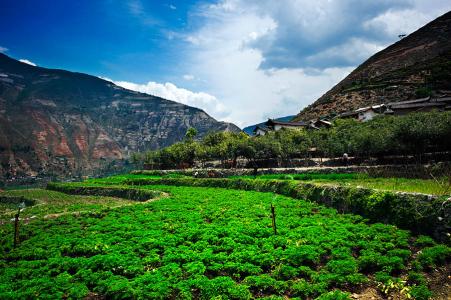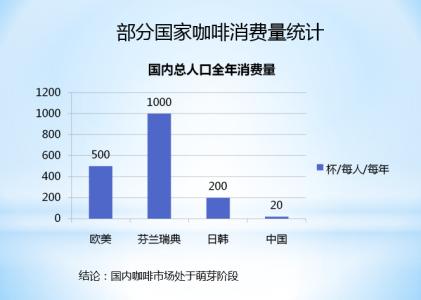Diagram of how to use Aibao E61 Coffee Machine to drop Water Distribution Network
Diagram of how to use Aibao E61 Coffee Machine to drop Water Distribution Network
Another way to generate more pressure than 1.5 atmospheres is to use compressed air. For example, a home coffee machine in Milanes collector Ambrogio Fumagalli uses an air pump to pressurize hot water for brewing coffee (during World War II). In 1938, Francesco IIIy made the llletta' Coffee Machine, a large commercial coffee machine based on the principle of compressed air. When the crossbar on the coffee machine was lifted before World War II, water was injected into the space occupied by the piston and pressed down, and the pressure on the piston injected water evenly into the coffee powder in the filter. this means that hot water can brew coffee before it boils without scalding the coffee powder. At the same time, Achille Gaggia, the owner of a cafe in Milan, used a similar method to brew coffee. This method is gradually adopted by other coffee machine manufacturers, so this new coffee machine is also gradually replacing the steam pressure coffee machine. Today, the application of this principle can still be seen on household machines, the La Pavoni.
A brief history of coffee machine development Ⅲ
Before the second World War, although it avoided the disadvantage of using steam as a source of pressure to burn the coffee powder easily, because the pressure is to transmit the strength of the arm through the piston to push the hot water, not only a strong arm is needed, and the pressure is not easy to stabilize.
World War II stopped Cremonesi and Gaggia from improving the coffee machine. When Cremonesi died during the war, he left the patent for the coffee maker to his widow, Rosetta Scorza. We don't know whether Rosetta Scorza told Gaggia about the design patent, or whether Gaggia's design came entirely from its own invention. In 1947, Gaggia improved the original piston principle, and the force of the piston was controlled by a spring. As long as the operator presses the rod, the spring will be compressed and hot water will be injected into the space between the piston and the coffee powder. When the spring on the piston expands, press the piston down, the hot water will flow to the coffee place, and the rod will return to its original position.
In 1948, Gaggia applied this principle to complete his coffee machine, because he pushed hot water into a denser coffee powder and the pressure was greater and more stable than ever before, resulting in a layer of Krima on the coffee, which appeared for the first time in history. Since then, Klima has become the symbol of Italian coffee, and like Turkish coffee in the past, Klima is also the standard to judge whether coffee is good or bad. Gaggia's coffee machine also makes the brewing process more dramatic, with the arm operating the crossbar and the crossbar slowly returning to its original position, which has become a routine at many Espresso bars.
The household La Pavoni still maintains the tradition of Signore Cremonesi and does not add a spring to the piston, but some coffee machines on the market that are very similar to La Pavoni, such as the Elektra (Family series), add springs to make the pressure stronger and more stable. The method of discrimination is very simple, as long as you gently press the crossbar to see if there is any reaction force of the spring.

Important Notice :
前街咖啡 FrontStreet Coffee has moved to new addredd:
FrontStreet Coffee Address: 315,Donghua East Road,GuangZhou
Tel:020 38364473
- Prev

Mocha pot coffee filter paper use method folding method
The use of mocha pot coffee filter paper folding method 1, increase the time of coffee soaking; if only use the original screen filtration, there is not enough resistance, basically water dripping, extraction flow, there is not enough time to extract the essence of coffee, coffee powder is often uneven extraction, the middle coffee powder extraction transition, the edge of coffee powder extraction is often insufficient; after the use of coffee filter paper
- Next

Coffee machine water distribution network how to disassemble and clean, semi-automatic coffee machine cleaning
Coffee machine water distribution network how to disassemble and clean, semi-automatic coffee machine cleaning I. first turn off the automatic coffee machine, wait for the lights to go off, and then open the cover of the coffee machine. Two. Take out the dripping tray and coffee residue box and clean them. Take out the coffee maker and note: the coffee maker can only be taken out when the machine is off, when the machine is turned on
Related
- What is the Philharmonic pressure? How to use Philharmonic pressure to make delicious coffee
- Why does a hand grinder have more fine powder than an electric grinder?
- In addition to the hot mom, what is the difference between the versions of EK43 | ditting and Mahdi ek43?
- What kind of equipment do you need to make coffee by hand? Introduction to novice starter cooking equipment tools
- Espresso needs to be ground how thick and thin scale entry Italian Coffee Machine Bean Grinder investigation and Grinding course
- How much does it cost to open a small private cafe? How much does it cost to learn coffee? How to operate it?
- The difference between the flavor characteristics of hand-brewed coffee and coffee maker is hand-brewed coffee really better than coffee maker? Can I use a coffee machine to make coffee beans by hand?
- The difference between 01 and 02 of hario v60 filter cup what is the difference between 01 and 02 filter cup opening and cooking flavor
- What's the difference between the smart cup and the French kettle? Which is better, the French kettle or the Smart Cup?
- What's the difference between a smart cup and a V60 filter cup? The difference between the taste of smart cup and hand-brewed coffee

